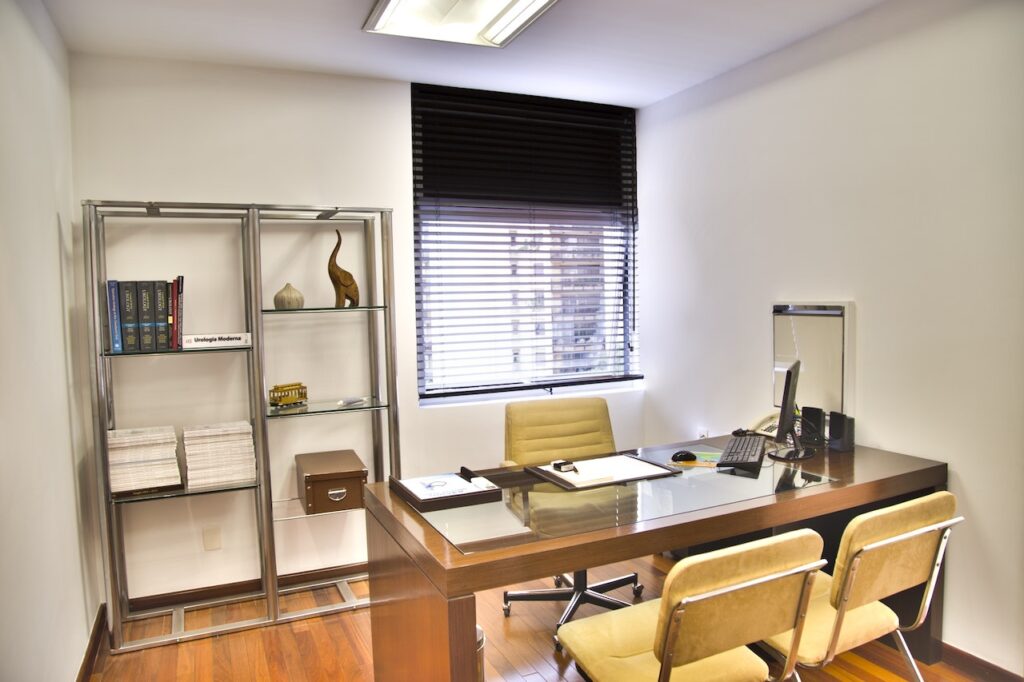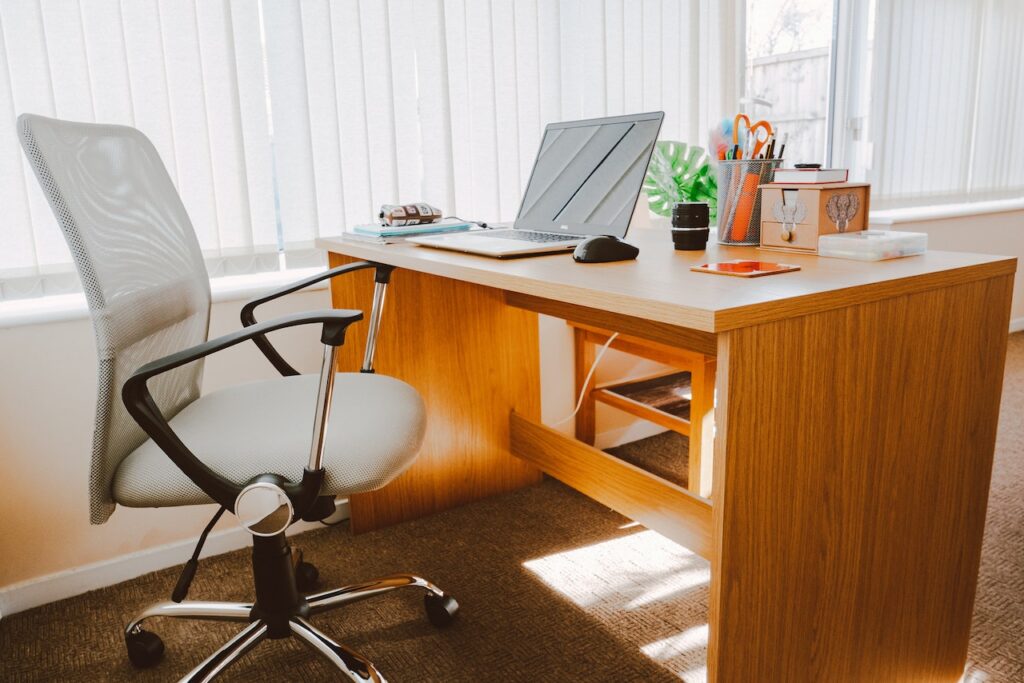Office cleaning doesn’t just involve cleaning the floors and dusting. Office workers think the furniture can serve them for a short time. But it’s not just the desk or a table that is office furniture. Cabinets and chairs also need cleaning and maintenance. They should be cared for only by specific means depending on the material. People who use them cannot clean them. They can only be careful to avoid damaging furniture and chairs or wiping them quickly.
But leather and fabric chairs need deeper cleaning, and a specialist should do it. Therefore, it is best to contact a cleaning company, because even if you have an exceptional staff to clean the rest of the office, they can only clean some of the chairs and furniture at a time to be ready for use the next day.
Caring for furniture includes its proper use. It is very badly affected by too dry air and high humidity. Therefore, it is up to you to keep the air cooler in the office and the humidity not high. Office furniture should not be too close to heating appliances, radiators or air conditioners because they invisibly but quickly dry and destroy them.

As we have said, the furniture can be of different materials, and according to it, you should choose the detergent and the type of cleaning. Most table is with laminate surfaces and is the easiest to clean. They only need to wipe with a cloth slightly moistened with a special detergent that polishes them and protects them from rapid dust accumulation. Be careful not to get water in their cracks because their coating will swell.
Many pieces of furniture are made of panels pressed in small wood particles. They are very strong and solid and are a preferred material for furniture. For their cleaning, wiping with a damp cloth, with a detergent for polishing and protecting the wood, and then absorbing the remaining moisture with a dry cloth is necessary.
Metal furniture is the most complicated to maintain and clean, and many offices prefer it. They are lighter and more functional. Some metal furniture has a varnish coating, and they are easier to clean using only a soap solution, but you have to go through any surface, which is quite time-consuming. If there is no metal coating, you should not clean this furniture with textile sponges or towels that do not have metal threads or layers. The preparations used must not have small particles in them or be corrosive. You need to know precisely what metal the furniture is made of and use only suitable detergents.
As you know, furniture in an office can be made of many materials, and very rarely they are only one type, so to clean them, you need several detergents and much work. Remember that a clean, safe, and adequately organised environment contributes significantly to greater productivity.
Cleaning upholstered furniture
Sofas and chairs are not only easily contaminated with stains, dust and other dirt, but all this can quickly get into the depths and the fibres of upholstered furniture. You don’t see the pollution, but it’s there. Maintaining cleanliness and good hygiene is especially important. However, no one says cleaning sofas and chairs should be complex and challenging.
If your sofas and chairs have covers that you can change, cleaning the upholstery will be easy: just put them in the washing machine or dry-clean them according to the instructions on the label.
You can wash the removable upholstery directly in the machine using a mild detergent. And if there is more stubborn dirt on the upholstery of your sofas and chairs, you can also use a stain remover before or during washing.
However, check the label with the recommendations for washing – you may need to give the upholstery to dry cleaning, not to damage the fabric.

Critical steps in cleaning sofas and chairs
If you cannot remove the upholstery, you may need a suitable upholstery cleaner and some easy methods to clean stains and dirt. Here’s how to clean upholstery at home quickly and efficiently so you have time for more enjoyable activities.
- When cleaning the upholstery of sofas and chairs, be careful not to use too much water to soak your upholstered furniture.
- Remember that you must first test the approach to cleaning an inconspicuous part of the sofas or chairs.
- Baby wipes are a quick solution for absorbing spilt liquids and removing fresh stains without containing too much water.
- Whenever possible, allow sofas or chairs you have already cleaned to dry independently.
Some important rules
Before using any products to clean the upholstery of sofas or chairs, clean your upholstered furniture with a vacuum cleaner to remove the maximum amount of surface dirt, dust or possibly larger particles such as crumbs, leaves and other debris. Make sure you use the right tip to prevent damage to the material of your sofas or chairs. For this purpose, a soft brush tip is an ideal solution.
Complete cleaning of sofas and chairs
Gently scrub your sofas or chairs using soapy water and a microfibre cloth. Allow the moisture to soak into the fabric and rub the dirt on the surface. Use a minimal amount of water, because otherwise your sofas and chairs will get wet and mould, mildew and terrible smell may appear.
Drying of sofas and chairs
Some people use a hairdryer to dry their upholstery after cleaning them. But the better option is to let them dry independently if you have time. To speed up the process, you can open the windows and let the wind help you (unless it’s a frosty winter day).
Cleaning of leather sofas and chairs
If your sofas and chairs are made from leather, you must use a different cleaning approach. If possible, do not use water. It is best to use a steam cleaner.
But if you are afraid to clean them yourself, do not have time or for some other reason, you can use the services of a reliable cleaning company. They will do the job perfectly, and you will be satisfied.
